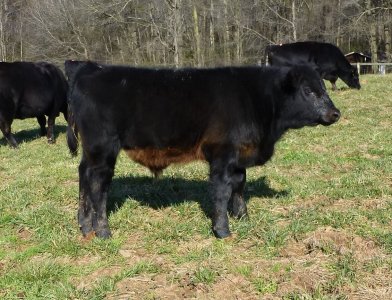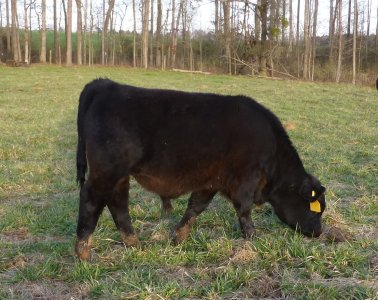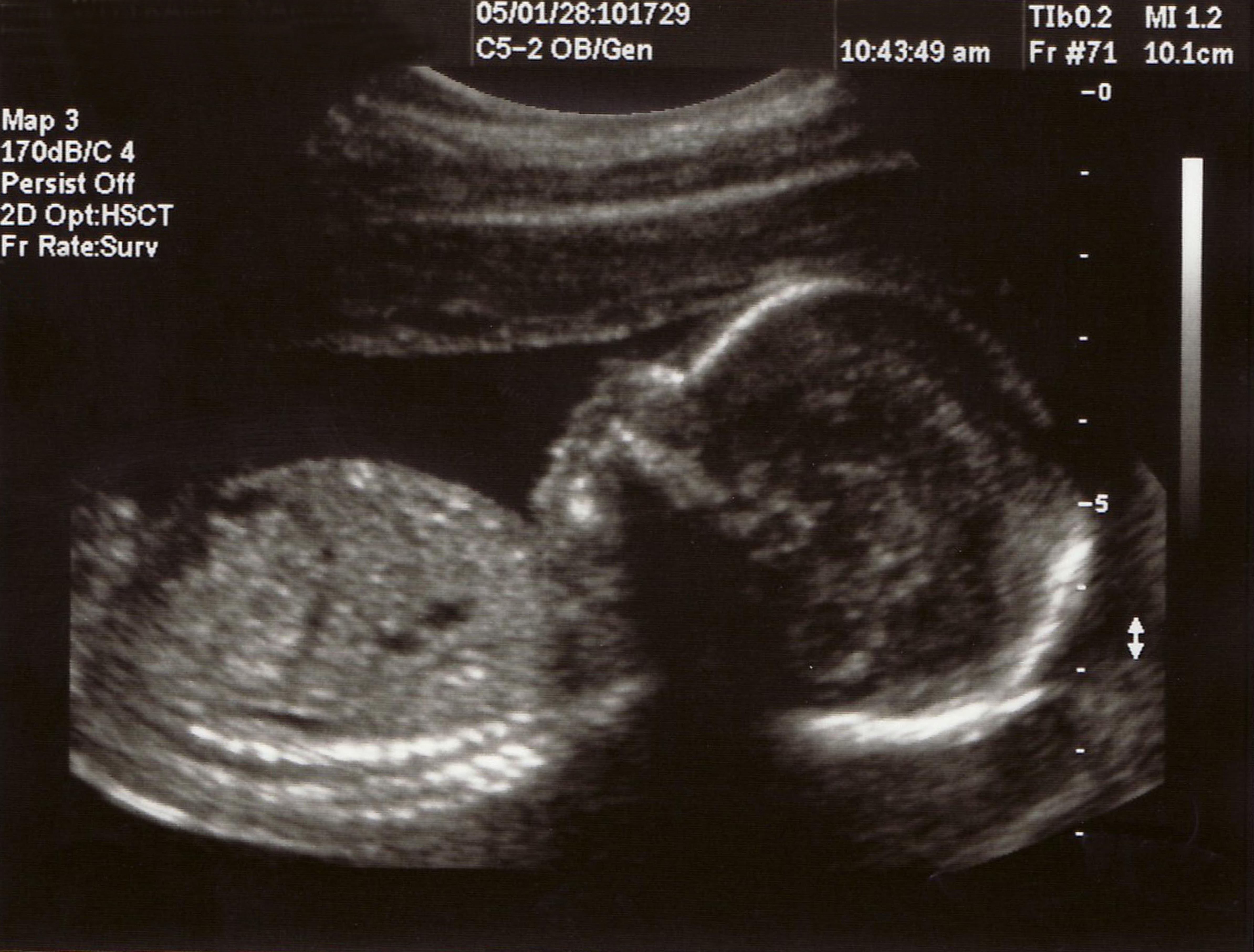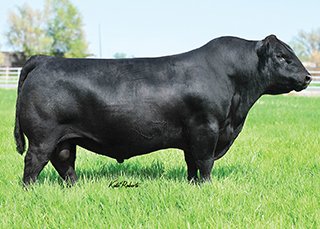Being a cross bred cattle guy I thought that I knew how genetics work. Cross a Hereford and an angus you get offspring 50% each. That's the only way that it can work. Cross the offspring with Charolais you get 50% Charolais, 25% angus, 25% Hereford, right? Not exactly. I discovered this from 23andMe. My daughter is 50% me. My son in law is 0% me. My grandson is 28.8% me. Shocked the heck out of me. Picture the marbles in the bucket differently. To make our daughter, my wife and I each put in 50% of her DNA, 50 marbles each. God mixed those 100 marbles to make our daughter. When our grandson was conceived God reached in and pulled out 50 of our daughter's marbles, but He didn't count out 25 of mine and 25 of my wife's. He just pulled out 50. 28.8 of mine, 21.2 of my wife's.






